
Natural climate solutions
In short, it’s time for us to realize that this energy work is core to our conservation mission—perhaps as much or more so right now as invasive species. Check out this informational graph, and the scientific article, linked.

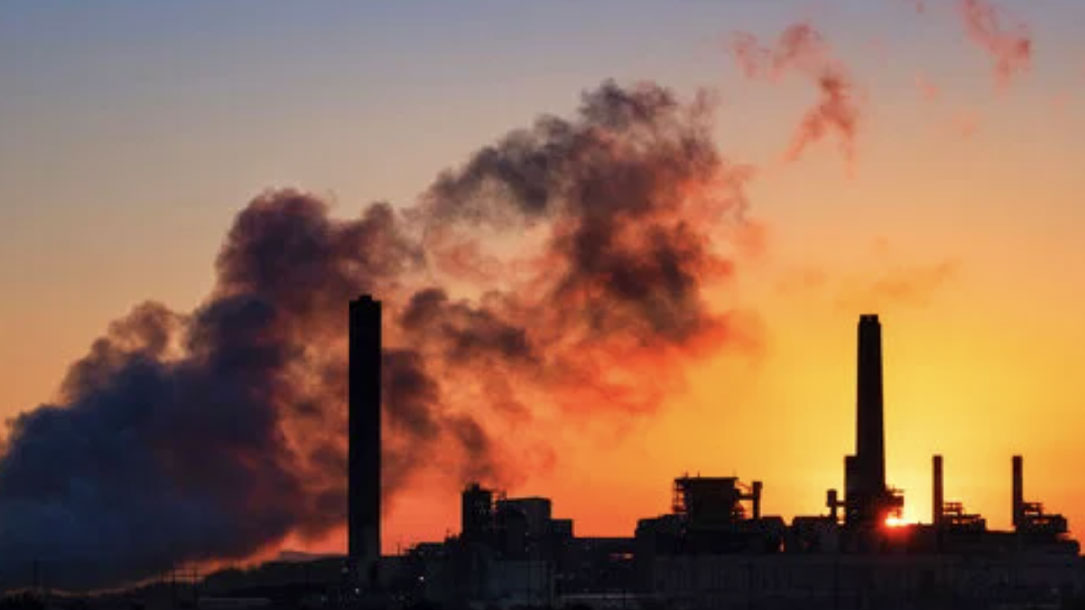
Global carbon dioxide emissions spike to critical record despite COVID-19 year
“The global carbon dioxide emissions spiked to a critical record despite the COVID-19 year. The 421.21 parts per million count from Saturday is a grim milestone for anthropogenic climate change. In roughly 200 years, the amount of CO2 has doubled the amount it took billions of years to accumulate. The amount has never exceeded 420 parts per million until now…”
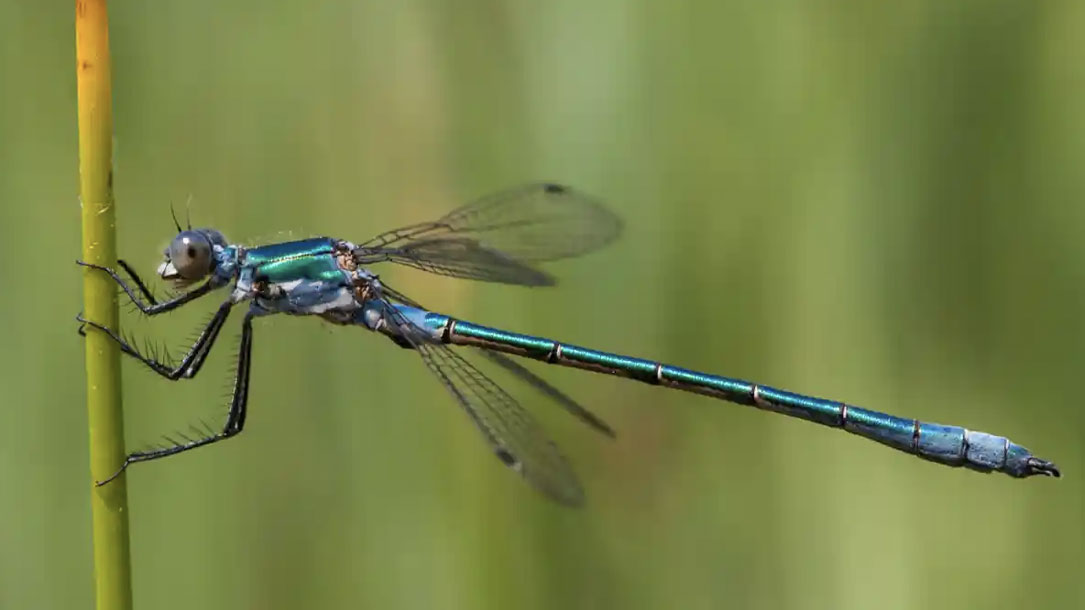
Insect populations suffering death by 1,000 cuts, say scientists
Insect populations are suffering “death by a thousand cuts”, with many falling at “frightening” rates that are “tearing apart the tapestry of life”, according to scientists behind a new volume of studies.
The insects face multiple, overlapping threats including the destruction of wild habitats for farming, urbanisation, pesticides and light pollution. Population collapses have been recorded in places where human activities dominate, such as in Germany, but there is little data from outside Europe and North America and in particular from wild, tropical regions where most insects live.
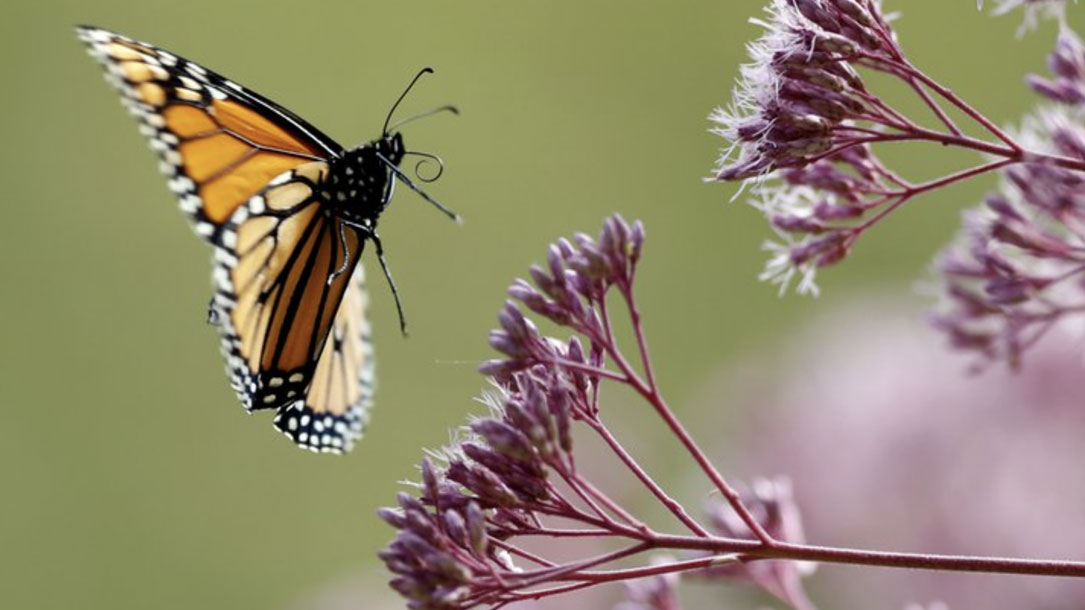
Scientists decry death by 1,000 cuts for world’s insects
The world’s vital insect kingdom is undergoing “death by a thousand cuts,” the world’s top bug experts said.
Climate change, insecticides, herbicides, light pollution, invasive species and changes in agriculture and land use are causing Earth to lose probably 1% to 2% of its insects each year, said University of Connecticut entomologist David Wagner, lead author in the special package of 12 studies in Monday’s Proceedings of the National Academies of Sciences written by 56 scientists from around the globe.

‘One of most disturbing articles I have ever read’ scientist says of study detailing climate-driven ‘bugpocalypse’
When a scientist who studies the essential role insects play in the health of the ecosystem calls a new study on the dramatic decline of bug populations around the world “one of the most disturbing articles” he’s ever read, it’s time for the world to pay attention.
The article in question is a report published Monday in the Proceedings of the National Academy of Sciences (PNAS) showing that in addition to annihilating hundreds of mammal species, the human-caused climate crisis has also sparked a global “bugpocalypse” that will only continue to accelerate in the absence of systemic action to curb planetary warming.

Scientists sound alarm about insect apocalypse
A collection of new scientific papers authored by 56 experts from around the world reiterates rising concerns about bug declines and urges people and governments to take urgent action to address a biodiversity crisis dubbed the “insect apocalypse.”
Emphasizing the consequences of such declines, University of Connecticut entomologist David Wagner, the package’s lead author, told the Associated Press that insects “are absolutely the fabric by which Mother Nature and the tree of life are built.”
According to Wagner, many insect populations are dropping about 1-2% per year. As he put it to The Guardian: “You’re losing 10-20% of your animals over a single decade and that is just absolutely frightening. You’re tearing apart the tapestry of life”…
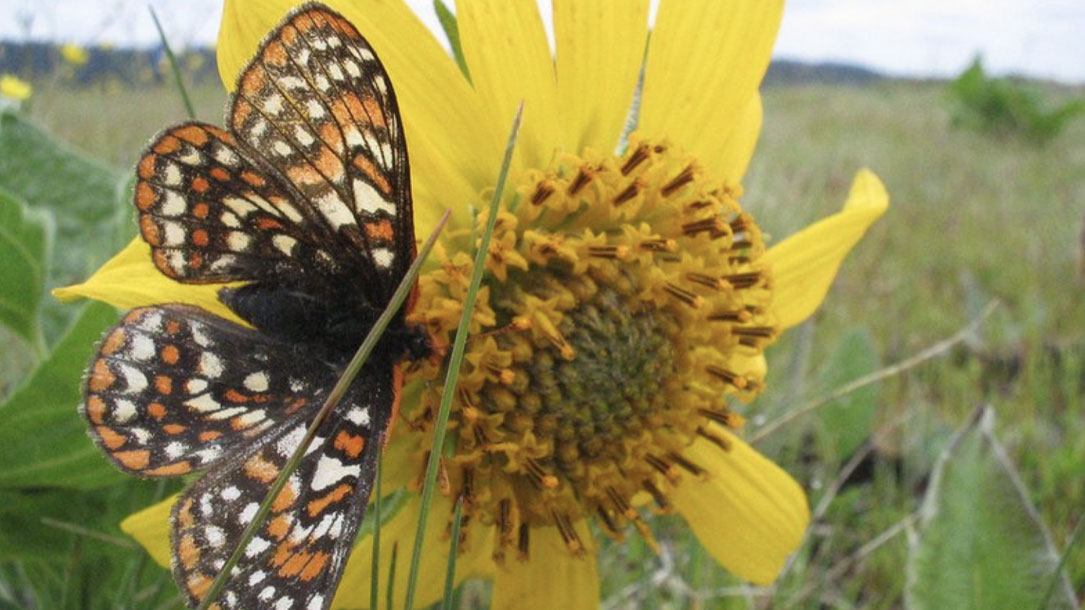
Climate change contributing to widespread butterfly decline across western United States
A study published today in Science found that climate change is contributing to widespread butterfly decline across the western United States. Using three different long-term datasets from the western U.S., the authors found downward trends in a majority of butterflies, including historically common species like the west coast lady.
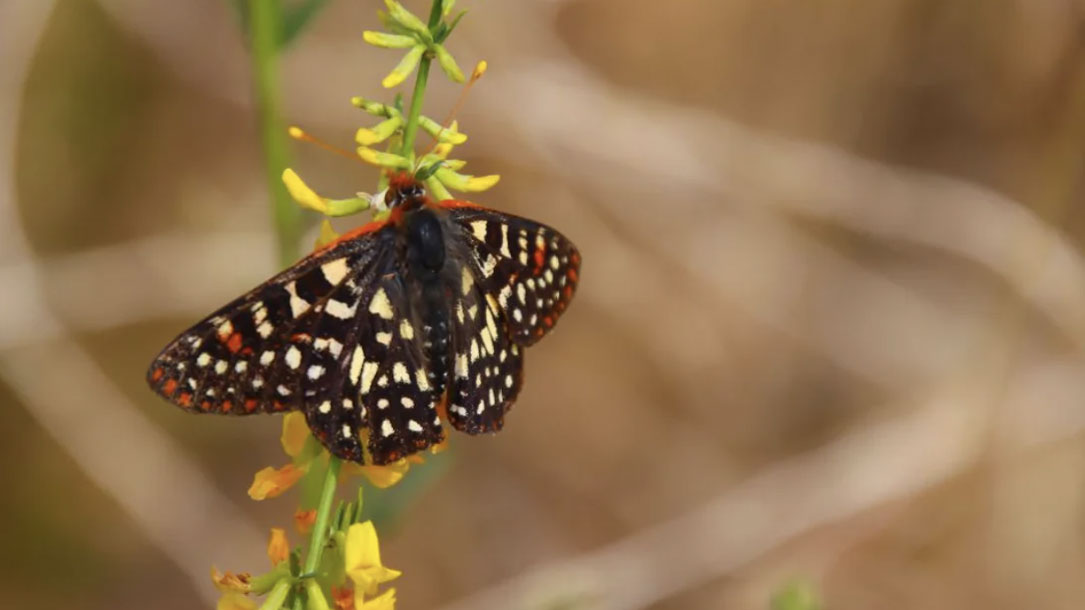
Western butterflies disappearing due to warmer fall seasons
Butterflies across the U.S. West are disappearing, and now researchers say the climate crisis is largely to blame.
A new study published in Science looked at three different data sets that cover the last 40 years of butterfly populations across more than 70 locations in the Western U.S…”That so many of our butterflies are declining is very alarming,” Dr. Tara Cornelisse, an entomologist and senior scientist at the Center for Biological Diversity (CBD), said in response to the findings. “These declines are a wake-up call that we need to dramatically reduce greenhouse gases to save these beautiful and beloved butterflies, as well as our very way of life…
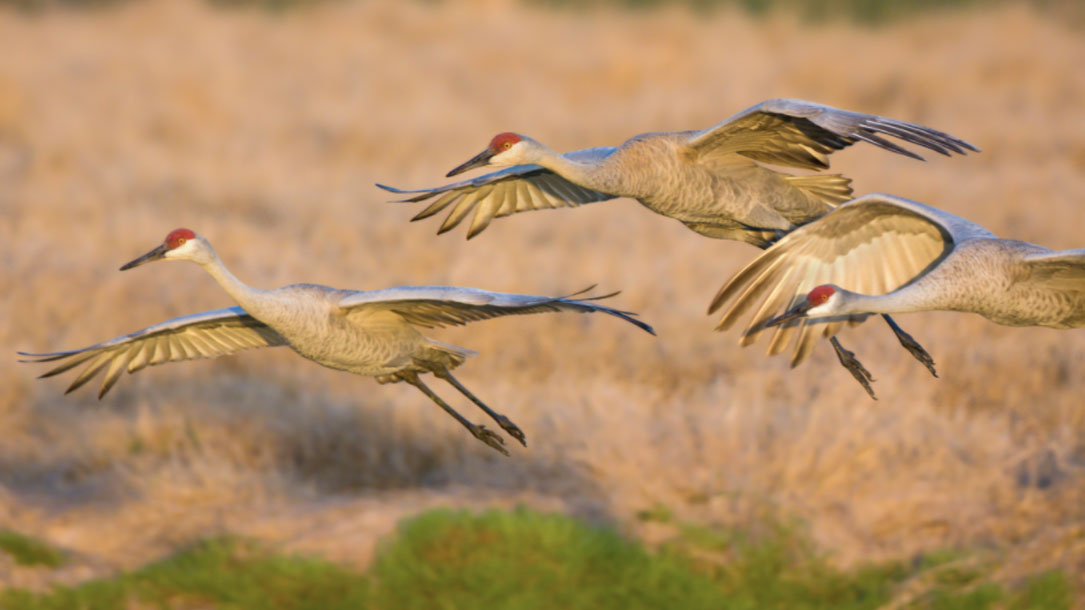
Sandhill cranes, a conservation success story, now face climate change threat
“Birds are being pushed and tested by climate change,” [Nathaniel Miller, director of conservation for Audubon Great Lakes] said. “The climatic range of these birds developed over millennia. It’s all about timing. They’re usually in the right places at the right time. In spring, they’re where insects are hatching. In fall, they’re where they can find nuts and berries.
General warming trends, as well as extreme events like flooding, drought, and intense heat, throw this delicate balance and timing off kilter,” Miller said…

Biden’s historic action on 30×30
After a drumbeat of headlines in recent years detailing nature’s decline, there’s very good news from the Biden administration, with the president pledging to put America on the path of protecting at least 30 percent of its land and 30 percent of its ocean areas by 2030 (30×30). This action is necessary to reverse nature’s decline, fight climate change, and secure the natural life support systems we depend on for clean air and water, food, and quality of life. And, if done right, fulfilling a 30×30 goal offers benefits beyond safeguarding and strengthening the natural foundations of our society. It should create more equitable access to nature, bring communities together to conserve our shared natural heritage, honor tribal sovereignty and self-determination, and strengthen our economy.












